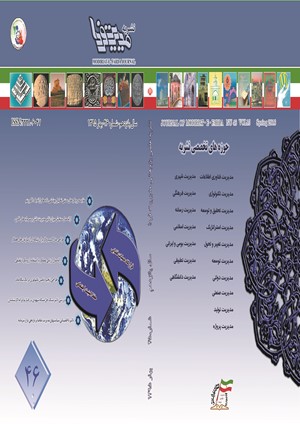-
-
List of Articles
-
Open Access Article
1 - The business model designed for a network of partner organizations (collaborative network organization
Alireza Aliahmadi -
Open Access Article
2 - Model to measure the effect of knowledge on intellectual capital in a knowledge-based center
پيمان اخوان -
Open Access Article
3 - Comparison of Traditional DEA Approaches to Portfolio Selection by a New Proposed Algorithm with a Case Study of Stock Selection in Tehran Stock Exchange
-
Open Access Article
4 - A New Approach Based on Failure Mode and Effects Analysis and Kepland to Extract and Prioritize the Effective risks on Project Completion Time
mojtaba salehi -
Open Access Article
5 - Performance Evaluation Model using the Balanced Scorecard and Fuzzy TOPSIS integrated approach BSC-FTOPSIS
Mohammad Ehsanifar -
Open Access Article
6 - Technology Supply Chain Design in a Corporation Using Product Architecture Technique (The case of automotive industry in Iran)
Ahmad -
Open Access Article
7 - The impact of demand management policies uncertainty on capital market output (A case study of Tehran Stock Exchange)
-
Open Access Article
8 - The effect of the innovative behavior experts intuitive problem solving style Moderator role of information technology and knowledge sharing
-
The rights to this website are owned by the Raimag Press Management System.
Copyright © 2017-2025







